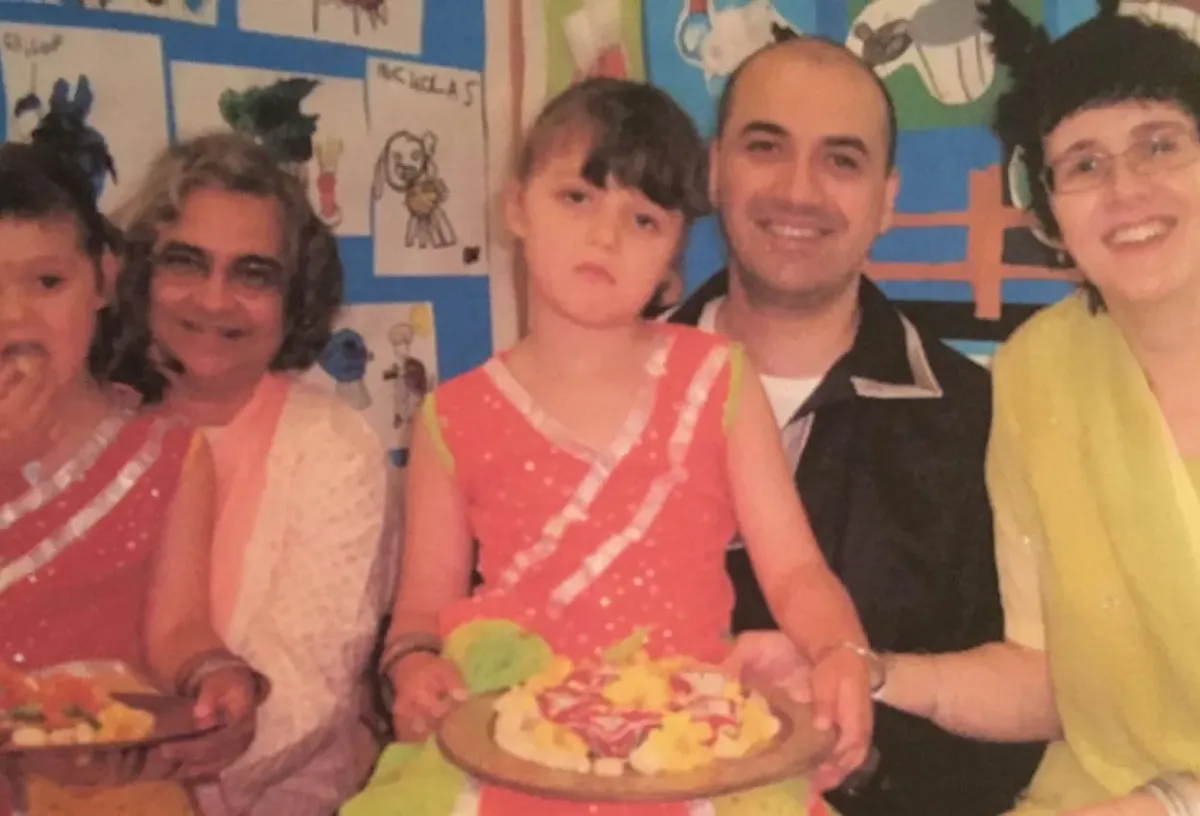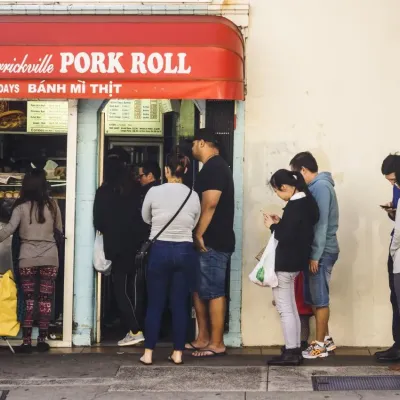Intercultural marriage and the changing face of Australian families
While several decades ago, intermarried families – families where one or both parents are from different cultural, ethnic, racial, religious or social backgrounds – were relatively uncommon, today, about one in three registered marriages in Australia are intermarriages.

For many intercultural families, getting married and creating a home life involves the negotiation of different cultural traditions. What the family will eat, the special occasions they will celebrate, the religious upbringing of children and the languages and cultural practices the family will adopt all involve an extra layer of navigation because they require “adopting, or at least adapting to, elements of a different culture”.
While these relationships develop at an individual level, they actually play a larger role in Australia’s social cohesion.
In this essay for the Scanlon Foundation Research Institute, Trish Prentice explores what it is like to grow up in an intermarried family in Australia and how these families are changing the cultural worldview of the next generation of Australians.




